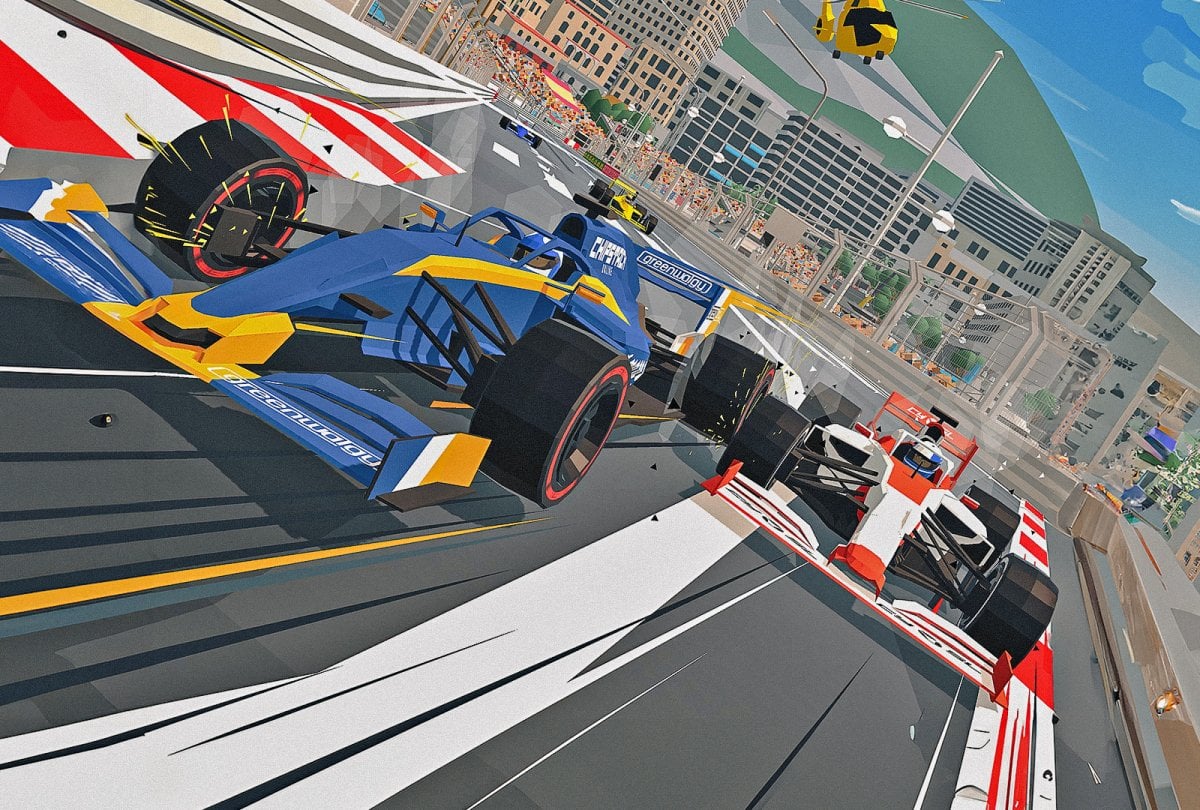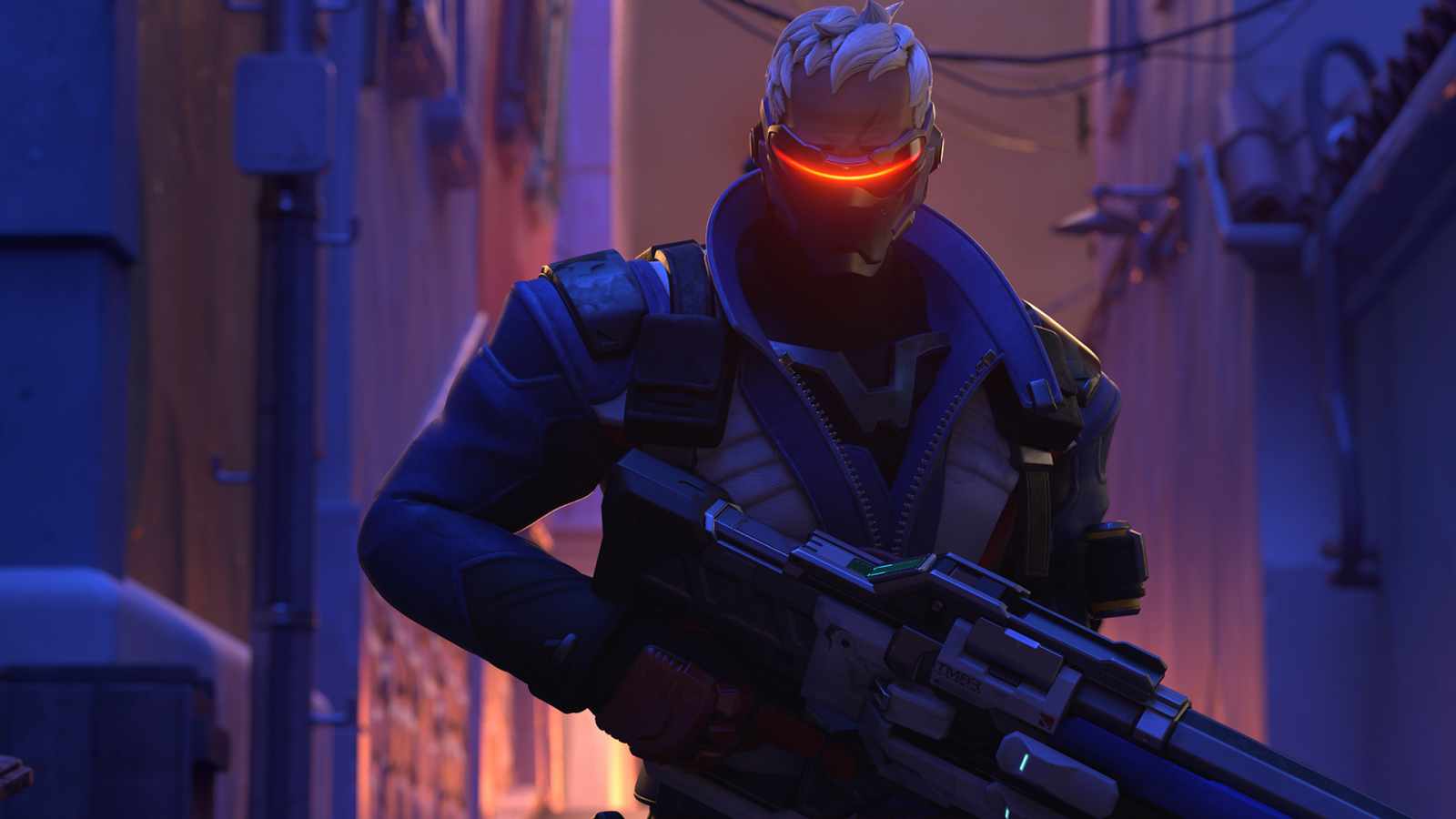I’m always in awe when a game comes out in this day and age that manages to confound me as much as La-Mulana 2 has so far. Like its predecessor, developer Nigoro’s long in development puzzle-platformer is a game about discovery and having to work your ass off for it. It’s can be positively exhilarating at times, while at others, just downright frustrating. Being stuck is par for the course in La-Mulana 2, but if you manage to have the patience to look beyond the obvious and learn to read its many forms of tells and subtle clues, you’ll find a lot to enjoy as you explore the depths of its gigantic trap-filled world.
The original La-Mulana hit PCs back in 2005, and although 13 years is specially long time when it comes to gaming, it’s shocking to come to the realization that so few games have played with the notions that it established so well. Sure, a handful of similarly themed platformers have since come out, like Spelunky, but even that game isn’t nearly as cryptic as La-Mulana and La-Mulana 2 can be at times. Hints and tips can come in all manner of ways, be it directly in dialog or messages, or scrawled on walls that you might just walk by thousands of times and not even notice.
La-Mulana 2 is set several years after the events of the first game, as Master Muten Roshi look-alike and just as perverted Elder Xelpud has turned the deadly ruins of La-Mulana into a tourist spot after archaeologist extraordinaire Lemeza Kusogi banished the evil entity that was inhabiting it during the original game. But things haven’t been going too well. Monsters have found a way out of La-Mulana’s sister ruins, Eb-Lana, and into his attraction. And what’s worse, Kusogi’s gone missing, so it’s up to his daughter Lumisa to carry the torch and get to the bottom of things, not to mention find out what happened to her dad.
If you’ve spent any time playing the original, you’ll feel right at home in this sequel. Jumping and whipping things feels a little slower this time around, but the physics are pretty much the same. This also means that there’s a lot to get used to if you come into La-Mulana 2 with the mindset of Spelunky or other games with tight, oft twitchy controls that allow for more reactive platforming. La-Mulana’s traversal is more calculated, and feels cumbersome at first. Lumisa’s momentum comes into play whenever she jumps, meaning that if you jump as you run forward, you’ll carry the forward movement as you leap. But if you do so from a full stop, you can only move horizontally at the peak of your jump. Adjusting the precision of your platforming is definitely tricky and takes a little while to get used to.
The same can be said about the trial and error nature of navigating through the sprawling map of Eb-Lana. Traps are abundant and come in all shapes and sizes. While I wouldn’t call La-Mulana 2 unfair, it’s safe to say that it’s incredibly unforgiving if you don’t get into the right mindset when playing it. This is not a game to zip through all willy-nilly. You’ll die many times to the same traps. There are pressure plates that are cleverly hidden at just the right spot you’re bound to absentmindedly step on the hundredth time you explore the same room in search of clues as to where to go next. Once you start picking up on just how these traps work, it’s fun and exciting to step into a brand new screen and figure out where potential dangers can be at.
And then there are times when you’ll feel like you’re hopelessly stuck. Trust me, for the first couple of the ten or so hours that I’ve been playing La-Mulana 2, I’ve ran across my share of head-scratchers that would’ve otherwise driven me to search for a guide had I not known that the game was not out yet and that there wouldn’t be any to find whatsoever. That sort of went away after a while, and thanks to the huge feeling of accomplishment that comes with coming up with the solution to a particularly hairy puzzle on my own, I have managed to keep playing and trying new things. It helps that runs through the ruins are so quick to get back to thanks to a nifty teleport that zaps you back to town where you can heal up and restock before going back in, and that the items that you discover can be used to unlock paths that force you to continually explore areas that you’ve already been to, like, you know, one of those games in that particular genre inspired by Metroid.
La-Mulana 2 plays a lot like one of those, but it lacks features that their trademark hallmarks. For one, its map is unreliable. It isn’t drawn as you move from room to room. You have to pick an item called ‘map’ for every area in the game, which amounts to a simple box-on-box model that’s displayed in the pause screen that simply points out the room you’re currently in. There isn’t an option — so far in my playthrough, mind you — to mark rooms in any way, so it’s up to you to take notes on routes, item locations, and whatnot. Like the first La-Mulana, La-Mulana 2 treats upgrades as apps that you install on the hero’s tablet, taking up a certain amount of memory with each new program that you have active at one time. Some are a little cryptic in just how useful they can be, while others, such as the one that allows you to save dialog boxes so you can consult them later, are pretty straightforward.
Equipment-wise, you can expect to run into old favorites like machetes and climbing gloves that allow you to be a little nimbler and stronger the further you explore the game, as well as a few others that have some more interesting uses and are better left unspoiled. Defeating bosses and some of the sub-bosses help open up paths to different sections of Eb-Lana, and so far in my game, can be beaten in any order, or in some cases, even be skipped completely — due to sheer stubbornness, I have managed to takedown all of the big enemies I’ve met, and have found that out the hard way. Even so, downing these guys has been fun and extremely challenging, so even when there’s no tangible gameplay reward other than the fight itself, I’ve been having a blast doing them.
La-Mulana 2 is an onion of a game. Like the first, it’s bound to be taken apart and analyzed pixel by pixel by its die-hard community, and so far, a day and change into its release, it’s already been extremely entertaining to see the fans digging into it and coming up with theories as to how any number of conundrums are supposed to be solved, or even if some of them are intentional mysteries put into the game by the developers at all. There’s just so much lore surrounding every corner of Eb-Lana that’s no wonder why it took so long (nearly five years) for this game to be released since it was first announced as a Kickstarter project.
That time has also apparently gone into developing a lot of lore to accompany your dungeon escapades, as well as plenty of text to sift through throughout your adventuring. The humor found in some of the dialog is a little hit-and-miss, especially the more vulgar ones that involve the aforementioned elder, but the mix of different cultures and mythological figures more than makes up for that. You’ll face off against a number of famous monsters and characters from a number of places and periods of history, and that tapestry works well in setting up the convoluted nature of exploring the unknown.
I have to admit that I’ve never been a huge fan of the mixed art style in either La-Mulanas, and I can see why some people might be thrown off by how they look. Especially so when considering how easy it is to mistake background elements for foreground ones and vice-versa. While it’s not nearly as bad of an issue in the sequel as it was before, the lack of clarity in some of the environments can be a potential problem when playing on smaller screens or in windowed mode on PC. The character designs in portraits are also a little weird and sometimes don’t translate too well to their chibi, pixel art form, making it hard to connect what they look like from in the still (but still sorta animated) art with how they’re rendered during the actual playing part of the game, as in small, super deformed. It’s by no means a detractor to the overall quality of either of these games, but given how far pixel art graphics have come since the release of La-Mulana, I would’ve hoped to see a bigger visual upgrade in this sequel.
I’ve been playing it for quite a bit, up to the point I’ve felt comfortable exposing my opinion in regards to its quality as a game, and differently than most cases, I don’t think “finishing” La-Mulana 2 is needed before knowing full well that I can wholeheartedly recommend it. It’s definitely not for everyone, but if you’re the sort of player that likes having a game that you can bookmark and jump in from time to time in order to make some progress, big or small, you’ll find that there’s a lot to enjoy in Nigoro’s latest.







